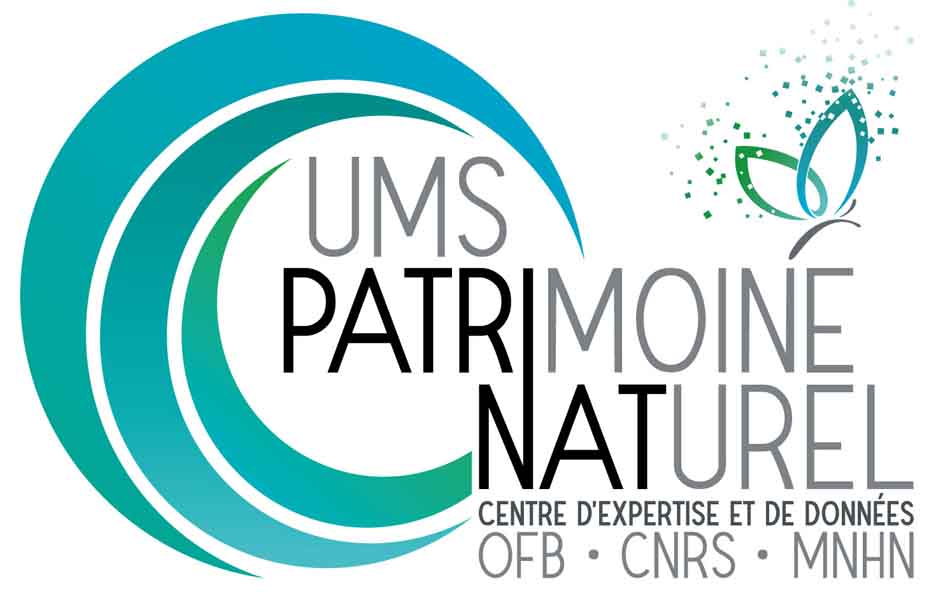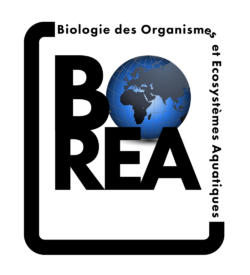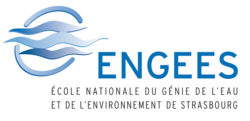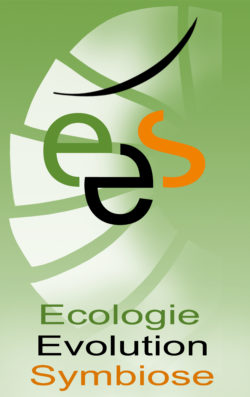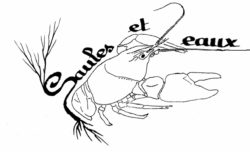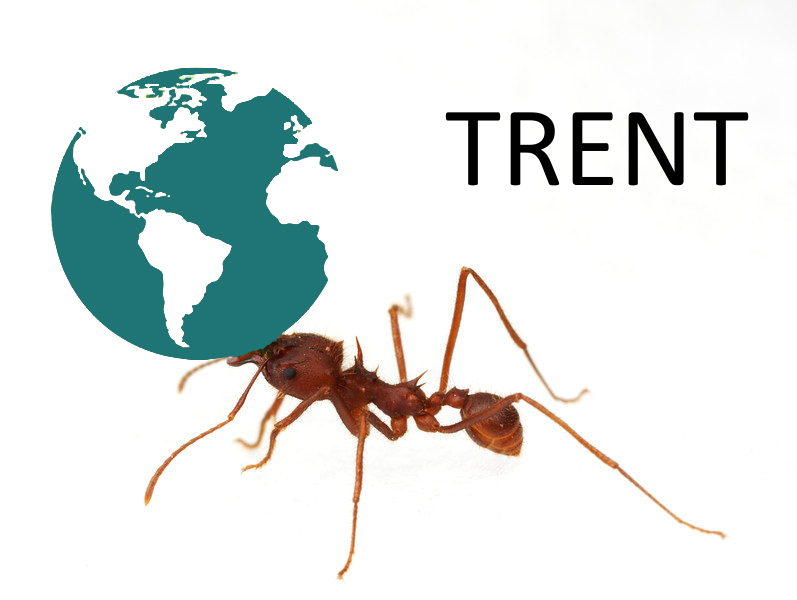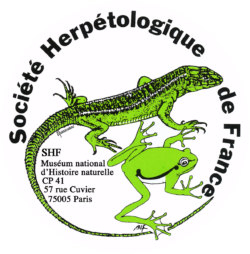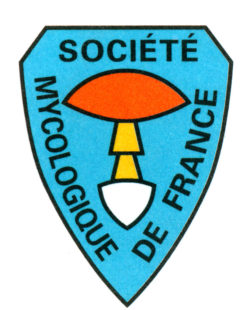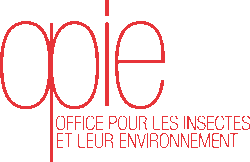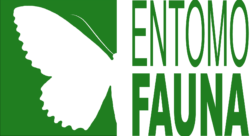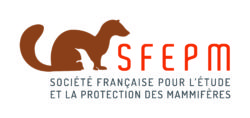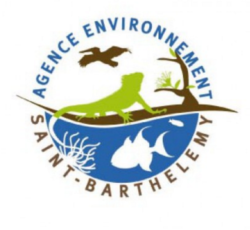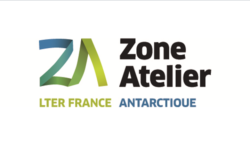Références bibliographiques relatives au groupe des insectes diptères
Pour rechercher un mot clé dans la page, taper le mot dans l’outil « rechercher » de votre navigateur.
Pour télécharger le document cliquez sur le rond bleu.
Aliabadi, B. & S. Juliano. 2002. Escape from Gregarine Parasites Affects the Competitive Interactions of an Invasive Mosquito. Biological Invasions 4(3): 283-297.![]()
Amouroux P., N. F., Nibouche S. & Delatte H. 2013. Invasive mango blossom gall midge, Procontarinia mangiferae (Felt) (Diptera: Cecidomyiidae) in Reunion Island: ecological plasticity, permanent and structured populations. Biological Invasions 15(8): 1677-1693.![]()
Ayala, J., & al. 2007. Ground-truthing the impact of invasive species: spatio-temporal overlap between native least chub and introduced western mosquitofish. Biological Invasions 9(7): 857-869.![]()
Bagny-Beilhe L., A. S., Delatte H., Lajoie G., & Fontenille D. 2102. Spread of invasive Aedes albopictus and decline of resident Aedes aegypti in urban areas of Mayotte 2007–2010. Biological Invasions 14(4): 1623-1633.![]()
Band, H. T., & al. 2005. Behavioral constancy for interspecies dependency enables Nearctic Chymomyza amoena (Loew) (Diptera: Drosophilidae) to spread in orchards and forests in Central and Southern Europe. Biological Invasions 7(3): 509-530.![]()
Bevins, S. 2008. Invasive mosquitoes, larval competition, and indirect effects on the vector competence of native mosquito species (Diptera: Culicidae). Biological Invasions 10(7): 1109-1117.![]()
Bohonak, A. J., & al. 2001. Invasion Genetics of New World Medflies: Testing Alternative Colonization Scenarios. Biological Invasions 3(2): 103-111.![]()
Boontop, Y., & al. 2017. Signatures of invasion: using an integrative approach to infer the spread of melon fly, Zeugodacus cucurbitae (Diptera: Tephritidae), across Southeast Asia and the West Pacific. Biological Invasions 19(5): 1597-1619.![]()
Brodin, Y. & M. Andersson. 2009. The marine splash midge Telmatogon japonicus (Diptera; Chironomidae)—extreme and alien? Biological Invasions 11(6): 1311-1317.![]()
Burrack, H. J., & al. 2012. Using Volunteer-Based Networks to Track Drosophila suzukii (Diptera: Drosophilidae) an Invasive Pest of Fruit Crops. Journal of Integrated Pest Management 3(4): B1-B5.![]()
Cabrera-Guzmán, E., & al. 2017. Competitive and predatory interactions between invasive mosquitofish and native larval newts. Biological Invasions 19(5): 1449-1460.![]()
Clark, G. G. & Rubio-Palis, Y. 2012. Mosquito vector biology and control in Latin America–a 22nd symposium. J Am Mosq Control Assoc 28(2): 102-110.![]()
Fraimout, A. & A.-C. Monnet. 2018. Accounting for intraspecific variation to quantify niche dynamics along the invasion routes of Drosophila suzukii. Biological Invasions 20(10): 2963-2979.![]()
Gibert, P., & al. 2016. Drosophila as models to understand the adaptive process during invasion. Biological Invasions 18(4): 1089-1103.![]()
Gutierrez, A. P., & al. 2016. Analysis of the invasiveness of spotted wing Drosophila (Drosophila suzukii) in North America, Europe, and the Mediterranean Basin. Biological Invasions 18(12): 3647-3663.![]()
Gutierrez, A. P. & Ponti, L. 2011. Assessing the invasive potential of the Mediterranean fruit fly in California and Italy. Biological Invasions 13(12): 2661-2676.![]()
Hagman, M. Shine., R. 2007. Effects of invasive cane toads on Australian mosquitoes: Does the dark cloud have a silver lining? Biological Invasions 9: 445-452.![]()
Hill, M. P., & al. 2016. Predicted decrease in global climate suitability masks regional complexity of invasive fruit fly species response to climate change. Biological Invasions 18(4): 1105-1119.![]()
Honório, N. A., & al. 2018. Male origin determines satyrization potential of Aedes aegypti by invasive Aedes albopictus. Biological Invasions 20(3): 653-664.![]()
Hughes, K. A., & al. 2012. The non-native chironomid Eretmoptera murphyi in Antarctica: erosion of the barriers to invasion. Biological Invasions 15(2): 269-281.![]()
Jacquard, C., & al. 2012. Population structure of the melon fly, Bactrocera cucurbitae, in Reunion Island. Biological Invasions 15(4): 759-773.![]()
Juliano, S. A. & Lounibos, L. P. 2005. Ecology of invasive mosquitoes: effects on resident species and on human health. Ecology letters 8(5): 558-574.![]()
Kaplan, L., & al. 2010. Aedes aegypti and Aedes albopictus in Bermuda: extinction, invasion, invasion and extinction. Biological Invasions 12(9): 3277-3288.![]()
Lapeyre, R. 2008. Présence en France d’Exaireta spinigera (WIEDEMANN) (Diptera Stratiomyidae) Bulletin de la Société Linnéenne de Bordeaux, 36(3): 257-258.![]()
Lounibos, L. P. & S. A. Juliano. 2018. Where vectors collide: the importance of mechanisms shaping the realized niche for modeling ranges of invasive Aedes mosquitoes. Biological Invasions 20(8): 1913-1929.![]()
Lounibos, L. P., & al. 2001. Testing Predictions of Displacement of Native Aedes by the Invasive Asian Tiger Mosquito Aedes Albopictus in Florida, USA. Biological Invasions 3(2): 151-166.![]()
Manrakhan, A., & al. 2015. The progressive invasion of Bactrocera dorsalis (Diptera: Tephritidae) in South Africa. Biological Invasions 17(10): 2803-2809.![]()
Mata, R. A., & al. 2009. Invasive and flexible: niche shift in the drosophilid Zaprionus indianus (Insecta, Diptera). Biological Invasions 12(5): 1231-1241.![]()
Martinez, M., Germain, J.-F., Streito, J.-L. 2014. Insectes ravageurs invasifs : les sept espèces notables. Phytoma, 677 (23) 1-3.![]()
Obona & al. 2016. Additions to the range expansion of the invasive moth midge Clogmia albipunctata (Williston, 1893) on Slovakia (Diptera: Psychodidae). Folia Oecologica, 8(1) 5-14.![]()
Petersen, M. J. 2012. Evidence of a climatic niche shift following North American introductions of two crane flies (Diptera; genus Tipula). Biological Invasions 15(4): 885-897.![]()
Poyet, M., & al. 2015. The Wide Potential Trophic Niche of the Asiatic Fruit Fly Drosophila suzukii: The Key of Its Invasion Success in Temperate Europe? Plos one 10(11): e0142785.![]()
Rochlin, I., & al. 2012. The rise of the invasives and decline of the natives: insights revealed from adult populations of container-inhabiting Aedes mosquitoes (Diptera: Culicidae) in temperate North America. Biological Invasions 15(5): 991-1003.![]()
Schaffner, F. & Karch, S. 2000. Première observation d’Aedes albopictus (Skuse, 1894) en France métropolitaine. Comptes Rendues de l’Académie des Sciences, 323: 373-375.![]()
Scholte, E.-J & Schaffner, F. 2007 Waiting for the tiger: establishment and spread of the Aedes albopictus mosquito in Europe. Emerging pests and vector-borne diseases in Europe, 1 : 241-260.![]()
Skuhrava, M., Martinez, M., & Roques, A. 2010. Diptera. BioRisk. 4(2): 553-602.![]()
Van Bortel, W., Zeller, H. 2103. Les maladies vectorielles, un défi global. Lettre du CNEV 3: 12 pp.





